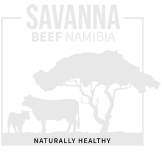Our
Legacy
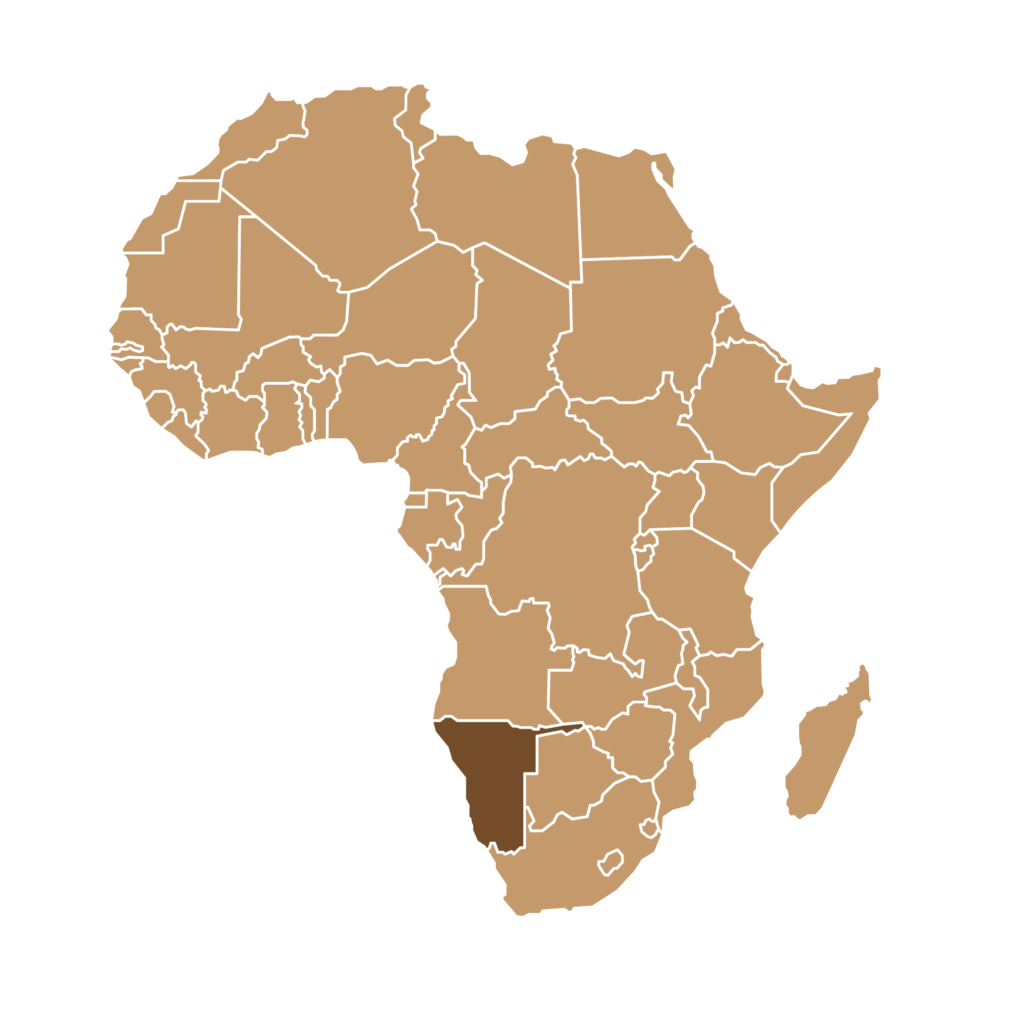
This is
Namibia
Namibia is a land of contrasts, where vast deserts meet lush savannas. Our cattle thrive in the north and east, where higher rainfall nourishes the diverse rangelands of the Kalahari and western highlands. This unique environment shapes the exceptional quality of our beef.
Namibian
Rainfall
Namibia’s arid climate (33% average humidity) influences land use, with central and northern areas dedicated to cattle farming. Various breeds and their crosses contribute to our beef production.
Our
Rangelands
Our cattle enjoy a natural diet of diverse grasses, herbs, and bushes in shared habitats with wildlife. They have access to fresh water, salt licks, and mineral supplements, ensuring a healthy and stress-free environment for optimal beef production.
Free
Roaming
Calves thrive in our natural environment, enjoying fresh fodder, water, and the nurturing presence of their mothers. This healthy start leads to robust steers that freely roam the rangelands.
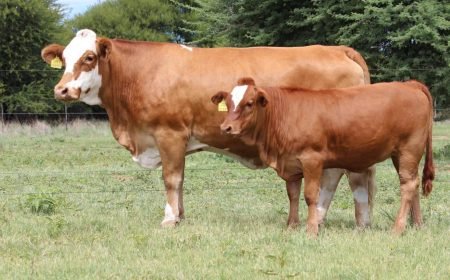
Eco-Friendly Systems
Eco friendly systems and regenerative farming practices will ensure the longevity of our holistic beef production. Take half, leave half is our philosophy.
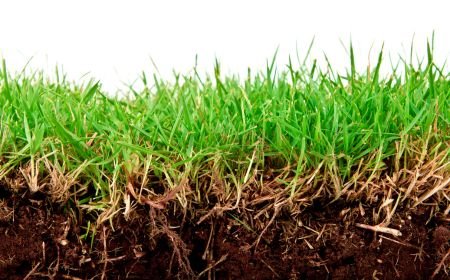
Soil Health
To us, soil health is everything! Through adaptive grazing management, with cattle as part of this arrangement, we can provide opportunities for soil health to occur.
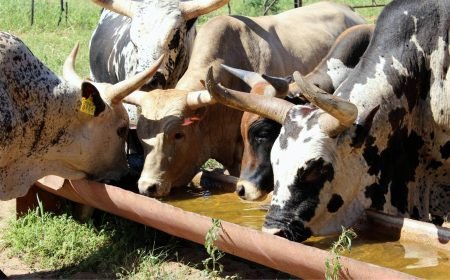
Fresh Water
Run-off water that has been filtered by metres and metres of rocks, gravel and sand before being stored underground is pumped up by windmills
It's All About
Animal Welfare
The formal standards of animal welfare vary between contexts (i.e. those for wildlife, domestic stock & pets) however all of them focus on five (5) welfare domains:
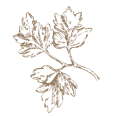
Nutrition
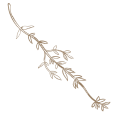
Environment
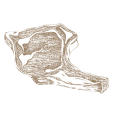
Health
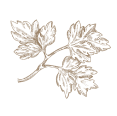
A positive mental state
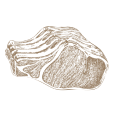
Behaviour
These however are debated mostly by animal welfare groups, legislators and academics. Therefore, the above domains can summarily be defined as “Providing animals with environments and management to meet their intrinsic physiological and behavioural needs”.
With the above in mind, it needs to be mentioned that Namibia, despite its dry climate, is not immune to disease and as producers of export quality beef, there are certain preventative measures that we are compelled to adhere to as regulated by our Directorate of Veterinary Services under the mandate of the Minister of Agriculture, Water and Land Reform.
Similar to human programmes, the same is applicable to the large livestock sector, These are classified into government controlled, compulsory, essential and optional vaccinations. For example, we as farmers are required to vaccinate our herds annually against anthrax.
Another precautionary measure due to foot and mouth disease which occurs in the northern regions of the country is an un-intrusive method of protection. The Veterinary Cordon Fence or more commonly known as the “red line” runs diagonally across the north of the country from west to east preventing the movement of cattle north of that line into the commercial farming rangelands south of the fence. There are several manned veterinary entry / exit points along the red line to control and monitor the movement of animals.
By complying with these vaccination programmes and adhering to stringent record keeping protocols, one can be further assured that our beef production is held to stringent health measures. Namibia has an EU certified abattoir and exports to the EU and other European countries since the early 1990’s. Our strict animal health laws and regulations administered by the Meat Board of Namibia (www.nammic.com.na) in conjunction with EU and other international processing standards further ensures the quality of our meat products.
Whether it’s live auctions, private sales, local or export abattoirs, a determined levy is paid by producers / sellers, but the buyer is responsible for the collection and payment of the levy on all animals transacted in order to finance the activities of the Meat Board of Namibia. All beef in Namibia, whether for national or international consumption, must be free of hormones, antibiotics and steroids thereby further contributing towards a wholesome and nutritional dining experience.
Cattle Ear Tags
Without a stock brand or ear tag, no head of cattle can exchange hands or be processed without it being registered on the NamLITS system. The number assigned to any animal becomes its passport I.D document and vaccination card all rolled into one
NamLITS
NamLITS is the acronym for Namibian Livestock Identification and Transaction System and has the Farm Assured Namibian (FAN) Meat Division of the MBN operating the NamLITS Helpdesk. There are approximately 90 000 stock brands in the area south of the Veterinary Cordon Fence defined in NamLITS. This new online tool enables registered producers to partner with the Directorate of Veterinary Services to enter the limited data on NamLITS (www,namlits.com).
Quality Free Range Beef
As a discerning consumer and lover of good quality, naturally healthy meat, one is currently able to trace the animal from birth until it is processed through the NamLITS system.
